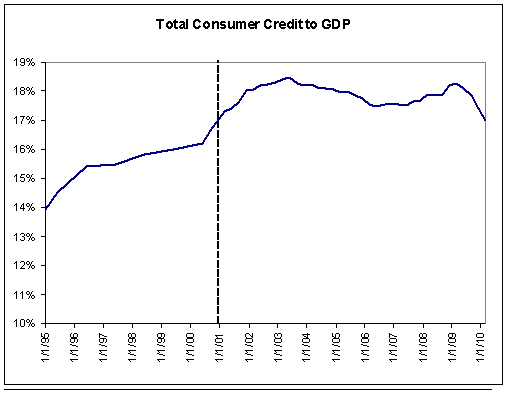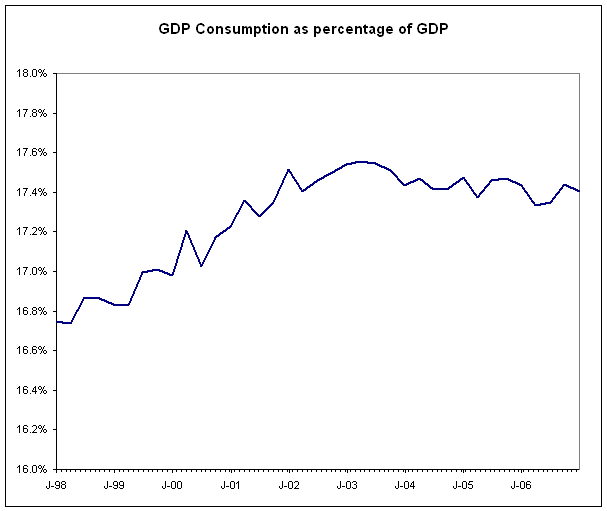Widdekind
Member
- Mar 26, 2012
- 813
- 35
- 16
US dollars are declining in value, so it takes more dollars to buy goods & services; and to buy real-estate, stocks & bonds. And, as more and more dollars flow out of the US, for foreign goods & services; those dollars flow back into the US, for domestic real-estate, stocks & bonds. Dollars are only redeemable, on US markets. Nobody accepts dollars from the US (for their foreign goods & services), unless they plan to purchase something in the US (domestic capital assets).US workers are swapping cheap foreign imports, for land, stocks, and bonds.
this is not really true since American dollars are declining in value whether you buy goods and services or capital


